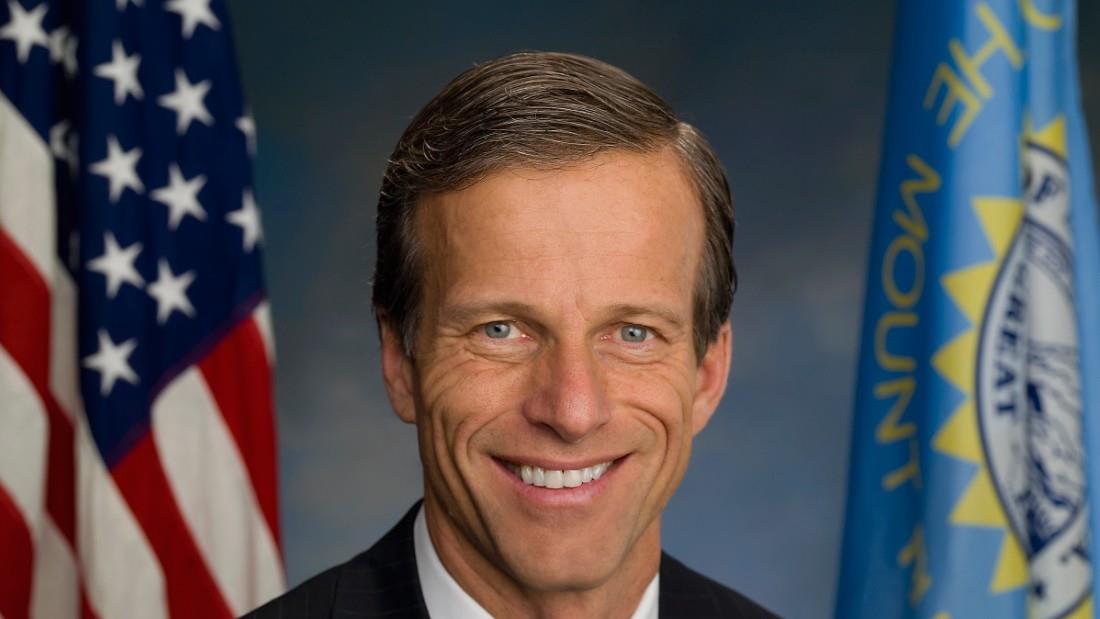
What Is Happening with Daylight Saving Time in 2024?
The transition into and out of Daylight Saving Time (DST) continues to spark debate. As clocks prepare to “fall back” on November 3, 2024, people across the United States will enjoy an extra hour of sleep but will also experience earlier sunsets. DST officially ends at 2:00 AM local time on that Sunday, marking a shift back to standard time for most regions.
Recent Developments: Will DST Become Permanent?
There has been ongoing legislative debate about making DST permanent, fueled by public interest and research suggesting health and productivity benefits. The Sunshine Protection Act, which passed the U.S. Senate in March 2022, aimed to end the biannual clock changes. However, for permanent DST to take effect, the bill must still pass in the House of Representatives and be signed into law by the President.
If the bill is enacted, clocks would no longer “fall back” in November, making DST the new permanent standard across participating states. Yet, the change remains stalled, as Congress has not moved forward with final approval in 2024.
Key Impact Areas of Daylight Saving Time
1. Health Effects:
The twice-yearly time shift has mixed effects on health. In the spring, studies show a rise in cardiovascular issues and workplace accidents. However, the extra morning daylight gained during standard time in winter can improve mental health, reducing risks like Seasonal Affective Disorder (SAD).
2. Energy Savings Debate:
DST was originally introduced to save energy by making better use of natural daylight. However, recent research suggests that energy savings are minimal, with modern society consuming electricity through electronic devices regardless of daylight hours.
3. Business and Travel Implications:
Industries with rigid timetables, such as airlines, have expressed concerns about permanent DST, emphasizing the need for international coordination. If the U.S. adopts year-round DST, airlines will need to adjust schedules with countries still adhering to the traditional system.
States’ Push for Change
Interest in abolishing clock changes is not limited to federal legislation. Eighteen U.S. states have passed their own resolutions supporting permanent DST. However, without federal approval, these states remain bound by national time regulations. Hawaii and most of Arizona already operate on standard time year-round, opting out of DST entirely.
Meanwhile, Europe also debates ending seasonal time changes, although the COVID-19 pandemic delayed final decisions on the matter. Coordination between the U.S. and European time systems will be critical if either side implements permanent DST.
Public Opinion on Daylight Saving Time
Surveys reveal divided public opinion on DST. Supporters of permanent DST argue that longer evenings provide more leisure time and boost retail activity, while opponents prefer standard time, emphasizing the benefits of brighter mornings. The health community has generally advocated for sticking with standard time, citing fewer disruptions to circadian rhythms.
The debate surrounding DST reflects broader discussions about work-life balance, public health, and energy efficiency—areas directly impacted by how societies measure time.
What to Expect Next?
With November 3, 2024, fast approaching, many Americans will make the annual adjustment to standard time. However, the debate over whether it will be the last time we “fall back” is far from over. Citizens and policymakers alike await the fate of the Sunshine Protection Act, which could determine whether future generations experience the twice-yearly time shift.
Internal and External Links
- Stay updated with developments on time legislation by visiting The Newsify.
- Learn more about global trends and DST initiatives on Time and Date.
How Daylight Saving Time Affects Global Practices
The conversation around DST extends beyond the U.S., with European countries actively reconsidering their seasonal clock changes. Initially planned for 2021, the European Union’s effort to abandon DST was delayed, reflecting the need for alignment across member states. For more about how Europe is handling this transition, visit the European Parliament’s DST proposal and stay informed on how other regions are managing time policies. Coordinating changes between countries will remain essential for international travel and business industries.
This global perspective emphasizes the ripple effects of DST policy on interconnected economies and sectors worldwide.- Global Comparisons and Research on Daylight Saving Time
- Countries around the world are rethinking the effectiveness of DST. For example, a 2020 study by the European Commission indicated that more than 80% of respondents favored ending the practice altogether. Australia and Russia have also grappled with the pros and cons, adjusting their DST policies to suit local needs. For an in-depth look at various countries’ approaches to DST and the science behind time shifts, explore Time and Date’s DST section. Understanding these global trends helps predict how the U.S. might align future policies.
- 4o









Leave a Reply